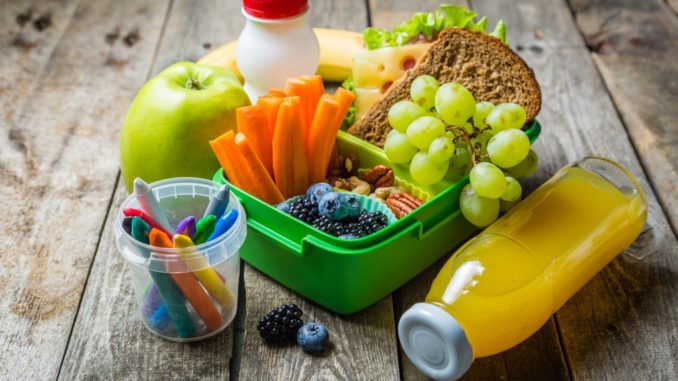
In the trade of agricultural products, fruits and vegetables continue to be in demand. This is why they are produced in considerable amounts and exported to different states and countries. However, unlike processed goods, fresh produce is much harder and more costly to transport.
This is because many factors have to be taken into accounts, such as temperature control and the suitability of storage equipment, to ensure that the freshness and qualities of the items will be retained. Here are several methods commonly utilized by transporters of fresh produce:
Proper Grouping
For practical reasons, various types of fruits and vegetables are often stored in the same container load. However, products cannot simply be grouped. Mixing loads can only be done if the items are compatible when it comes to carbon dioxide and ethylene production, optimal humidity conditions, and required level of temperature for storing.
Specialized Transportation
Vehicles that serve as carriers of farm produce are expressly conditioned to cater to the requirements of transporting perishable products. These vehicles must adhere to standards of correct treatment to retain the characteristics and properties of fresh fruits and vegetables.
To achieve this, specific measures are sought, such as maintaining the cold chain and distributing the load properly. For the transport, there’s an assortment of vehicles that are used depending on the type of products and bulk of the load, such as refrigerated vehicles, calorific vehicles, and isothermal vehicles.

Storage Containers
As discussed, the compatibility of the items must be considered before mixing them. However, the type of container should also be suitable for the products. For example, fruits like pears, quinces, and apples are typically packed into cardboard or plastic crates and pallets. As for fruits like plums, apricots, and cherries, these often go into the plastic or wooden boxes.
A specific content that is commonly used for storing fresh produce is the Nally bin, which is a pallet-size bulk bin made from high-density polyethylene and food-grade polypropylene. Its features include smoother interior surfaces and rounded corners, which are designed to lessen the impact of movements on the items. This, in turn, protects fruits and vegetables from damage and bruising. The vents in its sides and base also provide maximum airflow, which helps prolong the shelf life of the fresh products. Lastly, its surface is non-absorbent, so it keeps the items dry throughout the ride.
Air Circulation
Another vital factor is the air circulation inside the cargo compartments. Since the loads are refrigerated, the temperature levels can be controlled, and appropriate humidity conditions can be maintained. But why exactly are these measures necessary?
During their transportation, fruits and vegetables can accumulate gases such as ethylene and carbon dioxide, which can lead to increased volatility, accelerated ripening, and unpleasant odors. In worse cases, these trapped gases can deteriorate the goods.
To prevent this, continuous cooling and efficient airflow are required. A well-performing ventilation system also helps maintain the products’ moisture levels, which should be kept at a range of 85 to 95% to combat wilting or rapid maturation.
The process of transporting fresh produce is indeed complicated, but these elaborate measures are necessary to keep fruits and vegetables at optimal conditions so that they can be safely consumed.
